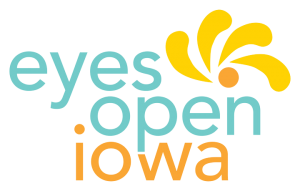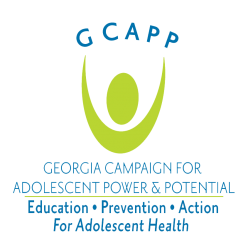Advocates for Youth is delighted to offer half-day, full day and multi-day training - both in-person and virtually - to support teachers and community-based educators to develop the comfort, knowledge and core skills needed to implement sexuality education effectively.
Virtual Professional Development is available using our simulated classrooms and student avatars to help educators master the skills needed to effectively teach sex education. Participants can participate from a laptop, tablet or phone and can select from among the 16 skill scenarios and three grade levels we currently have available. Please email Nora Gelperin (nora@advocatesforyouth.org) to schedule your time in the simulator and for more information about our Virtual PD opportunities.
In-Person Workshops are each tailored to the unique needs of the group and their setting and will focus on ensuring that participants learn the critical skills needed to implement sexuality education with any grade level or on any topic. We also offer Training of Trainers for those looking to increase their skill at providing professional development to other professionals. Advocates for Youth commits to offering the lowest priced workshops we can, often just asking that our direct costs for travel and supplies be covered, and we will do our best to work with any budget. Workshops must be at least three hours and have a group size of between 10-30 people per trainer. Multiple trainers are available upon request for groups larger than 30. For our Rights, Respect, Responsibility K-12 Sex Education Curriculum, training is recommended but not required.



